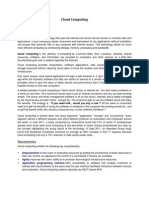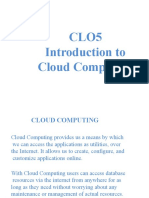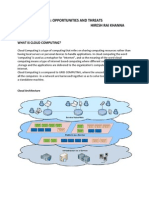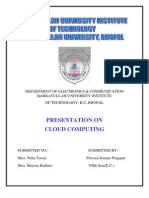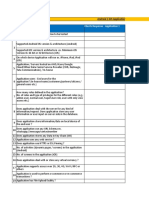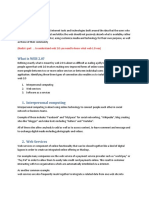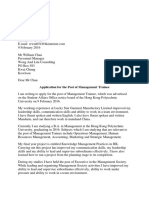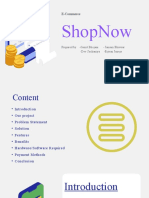0% found this document useful (0 votes)
25 views26 pagesModule 3.1
Cloud computing provides on-demand access to shared computing resources like networks, servers, storage, applications and services over the internet. It offers several benefits like reduced costs and improved scalability since users only pay for what they use. Cloud services can be easily accessed from anywhere using an internet connection on various devices. Some examples of cloud services include email services like Gmail and file sharing services.
Uploaded by
topmotivezzCopyright
© © All Rights Reserved
We take content rights seriously. If you suspect this is your content, claim it here.
Available Formats
Download as PPTX, PDF, TXT or read online on Scribd
0% found this document useful (0 votes)
25 views26 pagesModule 3.1
Cloud computing provides on-demand access to shared computing resources like networks, servers, storage, applications and services over the internet. It offers several benefits like reduced costs and improved scalability since users only pay for what they use. Cloud services can be easily accessed from anywhere using an internet connection on various devices. Some examples of cloud services include email services like Gmail and file sharing services.
Uploaded by
topmotivezzCopyright
© © All Rights Reserved
We take content rights seriously. If you suspect this is your content, claim it here.
Available Formats
Download as PPTX, PDF, TXT or read online on Scribd
/ 26

















